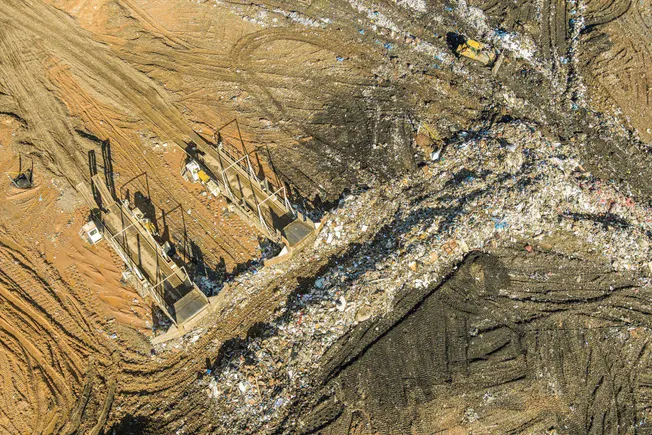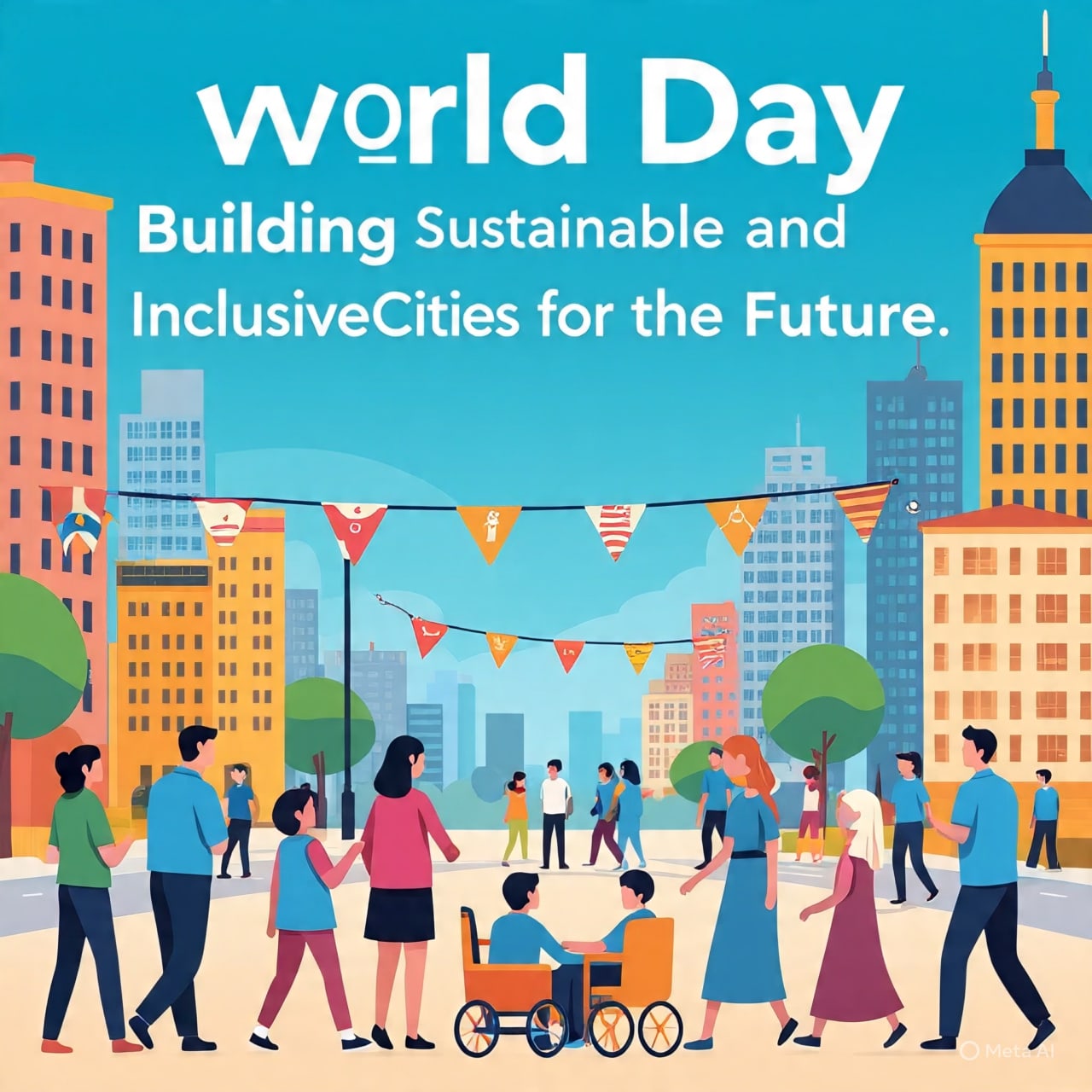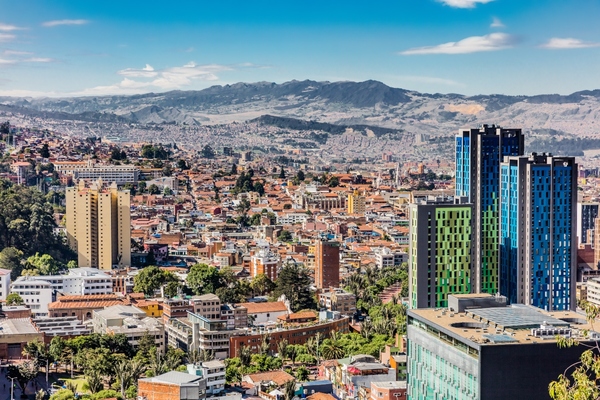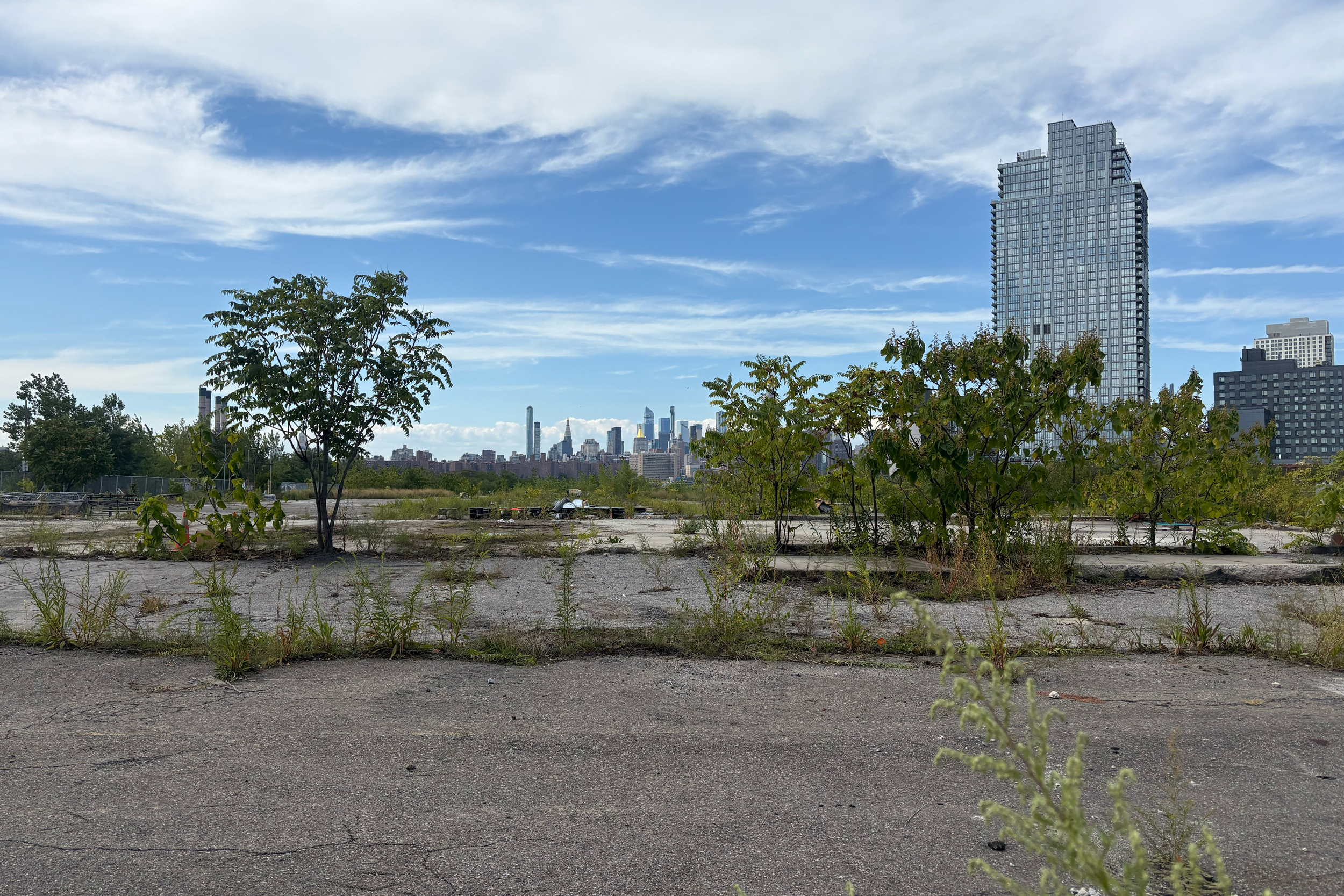Report on Landfill Operations and Sustainable Development Goals
Challenges to Sustainable Waste Management Systems
An examination of current landfill operations in the United States reveals significant challenges to achieving key Sustainable Development Goals (SDGs), particularly SDG 11 (Sustainable Cities and Communities) and SDG 12 (Responsible Consumption and Production).
- High Reliance on Landfilling: Approximately 50% of the nation’s municipal solid waste is disposed of in landfills. This high volume directly contravenes SDG Target 12.5, which calls for a substantial reduction in waste generation through prevention, reduction, recycling, and reuse.
- Declining Capacity and Community Impact: A long-term trend of landfill closures since the 1976 Resource Conservation and Recovery Act has led to declining national capacity. Concurrently, community opposition to new or expanded facilities, often due to environmental concerns such as odors, highlights a conflict with SDG Target 11.6, which aims to reduce the adverse per capita environmental impact of cities, including waste management.
- Environmental and Health Concerns: Community complaints regarding landfill operations are directly linked to SDG 3 (Good Health and Well-being), specifically Target 3.9, which seeks to reduce illnesses from air, water, and soil pollution.
Regulatory and Economic Context
The operational landscape for landfills is shaped by regulatory frameworks and significant economic activity, which have direct implications for several SDGs.
- Regulatory Frameworks: Federal and state regulations, such as the Resource Conservation and Recovery Act, have increased the technical and legal complexity of landfill management. These measures are intended to mitigate environmental harm, aligning with the objectives of SDG 6 (Clean Water and Sanitation) by protecting water resources from contamination and SDG 11 by managing urban waste more safely.
- Economic Significance: The landfill sector represents a substantial economic entity, generating over $28 billion in revenue in 2024. This economic scale presents an opportunity to drive progress toward SDG 8 (Decent Work and Economic Growth) by transitioning investment and job creation from linear disposal models to circular economy systems that prioritize resource efficiency and sustainability.
Strategic Alignment with Sustainable Development Goals
To address the identified challenges, a strategic realignment of landfill and waste management practices with the SDGs is necessary.
- Transition to Circular Models: A fundamental shift away from landfill dependency is required to meet the goals of SDG 12. This involves prioritizing waste prevention and supporting robust recycling and reuse infrastructure.
- Integrate Sustainable Urban Planning: Future waste management strategies must be integrated with urban development to meet the objectives of SDG 11. This includes developing solutions that minimize environmental justice concerns and improve the health and well-being of host communities.
- Climate Action Integration: Modernizing landfill operations to include technologies for methane capture and energy generation is critical for addressing SDG 13 (Climate Action), given that landfills are a significant source of greenhouse gas emissions.
Analysis of Sustainable Development Goals in the Article
-
Which SDGs are addressed or connected to the issues highlighted in the article?
The article on landfill operations connects to several Sustainable Development Goals (SDGs) by discussing waste management, environmental impacts, and community well-being.
- SDG 11: Sustainable Cities and Communities: The article’s core subject is the management of “municipal solid waste,” a critical service for sustainable cities. It also touches upon the social aspect of urban planning by mentioning how “nearby residents may complain about odors or host communities may reject proposed expansions.”
- SDG 12: Responsible Consumption and Production: This goal is addressed through the discussion of waste generation. The statistic that “roughly half of the nation’s municipal solid waste is still landfilled today” highlights the scale of waste that is not being prevented, reduced, or recycled, pointing directly to challenges in achieving sustainable production and consumption patterns.
- SDG 3: Good Health and Well-being: The article implies a connection to public health. The mention of community “complaints about odors” suggests a negative impact on the quality of life and well-being of residents living near landfills, which relates to reducing the effects of environmental pollution.
- SDG 9: Industry, Innovation, and Infrastructure: Landfills are a form of waste management infrastructure. The article notes that since the passage of the Resource Conservation and Recovery Act, “landfill operations have become more and more technical,” indicating an evolution and upgrading of industry practices and infrastructure over time.
-
What specific targets under those SDGs can be identified based on the article’s content?
Specific targets can be identified that correspond to the issues discussed in the article.
- Target 11.6: “By 2030, reduce the adverse per capita environmental impact of cities, including by paying special attention to air quality and municipal and other waste management.” The entire article is focused on the challenges of managing municipal solid waste in landfills, which is a core component of this target.
- Target 12.5: “By 2030, substantially reduce waste generation through prevention, reduction, recycling and reuse.” The article’s statement that half of municipal solid waste is landfilled directly illustrates the challenge of meeting this target, as landfilling is the least preferred option in the waste hierarchy after reduction, reuse, and recycling.
- Target 3.9: “By 2030, substantially reduce the number of deaths and illnesses from hazardous chemicals and air, water and soil pollution and contamination.” Community complaints about odors are a direct reference to a form of localized air pollution from landfills that can affect residents’ well-being, linking the article’s content to this health-related target.
- Target 9.4: “By 2030, upgrade infrastructure and retrofit industries to make them sustainable…” The article’s historical context, noting that regulations have “tightened” and operations have become “more technical,” reflects an ongoing, albeit challenging, process of upgrading waste management infrastructure to meet higher environmental and operational standards.
-
Are there any indicators mentioned or implied in the article that can be used to measure progress towards the identified targets?
The article provides both quantitative and qualitative information that can serve as or imply indicators for measuring progress.
- Indicator for Target 11.6 & 12.5: The statistic that “roughly half of the nation’s municipal solid waste is still landfilled today” serves as a direct, high-level indicator. It measures the proportion of waste managed by landfilling, which can be used to track progress towards reducing the environmental impact of cities (related to Indicator 11.6.1) and increasing recycling and reduction rates (related to Indicator 12.5.1).
- Indicator for Target 3.9: The mention of “complaints about odors” acts as an implied qualitative indicator. The frequency and volume of such complaints from communities near landfills can be tracked to measure the perceived negative health and well-being impacts of landfill operations, serving as a proxy for localized air pollution.
- Indicator for Target 9.4: The description of landfill operations becoming “more and more technical” due to “tightened” federal and state regulations is an implied qualitative indicator of progress. It suggests an improvement in the technological and regulatory standards of waste management infrastructure over time, even without providing specific metrics.
Summary of SDGs, Targets, and Indicators
| SDGs | Targets | Indicators (Mentioned or Implied in the Article) |
|---|---|---|
| SDG 11: Sustainable Cities and Communities | 11.6: Reduce the adverse environmental impact of cities, particularly in waste management. | The proportion of municipal solid waste being landfilled (“roughly half of the nation’s municipal solid waste is still landfilled today”). |
| SDG 12: Responsible Consumption and Production | 12.5: Substantially reduce waste generation. | The high rate of landfilling, which implies a corresponding need to increase waste reduction, reuse, and recycling. |
| SDG 3: Good Health and Well-being | 3.9: Substantially reduce illnesses from pollution. | Qualitative measure of community “complaints about odors,” indicating perceived negative health impacts from local air pollution. |
| SDG 9: Industry, Innovation, and Infrastructure | 9.4: Upgrade infrastructure and retrofit industries to make them sustainable. | Qualitative description of operations becoming “more and more technical” as a result of “tightened” regulations since 1976. |
Source: wastedive.com







